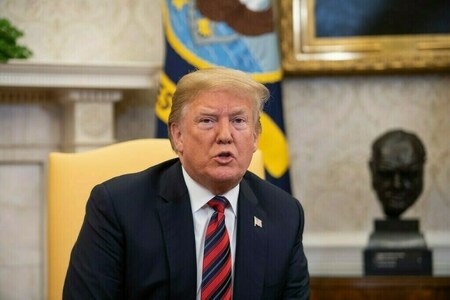Global Economy Navigates Uncertainty Amid US Policy Shifts
As global economic leaders convened in Washington this week, a sense of cautious optimism prevailed. Despite concerns over potential disruptions from the previous administration’s focus on domestic issues, the established US-centric economic structure, dominant for eight decades, appeared stable for the moment.
The International Monetary Fund and World Bank Spring Meetings centered largely on international trade discussions, which included somewhat reassuring statements from the US regarding its relationship with China.
However, significant questions lingered among central bankers and finance ministers following the prior administration’s criticism of international bodies and the Federal Reserve. Specifically, could the world still depend on the US dollar as a secure global asset and on the IMF and World Bank, which have underpinned the international economic framework since World War II?
Conversations with numerous global policymakers revealed widespread relief that threats to dismiss the Federal Reserve Chairman, previously labeled a “major loser,” had diminished. The Fed Chair is seen as the guardian of the dollar’s global standing.
Furthermore, many viewed the call from the US Treasury Secretary to reshape the IMF and World Bank aligning with administration objectives as a positive indication. This suggested the US intended to remain invested in these institutions, which it played a key role in establishing at the 1944 Bretton Woods conference. An Austrian central bank head remarked, “This week provided cautious relief…There was a shift (in the US administration’s position), but I worry this might not be permanent. I remain cautious.”
The potential politicization of the Federal Reserve, and the possible weakening of the IMF and World Bank, are daunting prospects for many officials.
Without a reliable lender of last resort, approximately $25 trillion in bonds and loans issued internationally could face uncertainty.
A central worry for policymakers is the absence of a viable substitute for the US as the world’s dominant financial power – a concept known among economists as the Kindleberger Trap, named after the noted historian Charles Kindleberger.
Certainly, the euro, a secondary reserve currency, is gaining traction, bolstered by the European Union’s perceived stability.
However, several policymakers observed that the euro is not yet positioned to displace the dollar. At best, it might modestly increase its current 20% share of global reserves.
Among the nations using the euro, only Germany possesses the credit rating and economic scale that investors expect from a safe-haven currency.
Other member nations face high debt levels and are susceptible to episodes of political and economic instability, as seen recently. These factors continue to raise questions about the bloc’s long-term stability. Moreover, the euro zone’s geographic proximity to Russia adds further complexity.
With Japan’s diminished economic size and China’s tightly controlled currency facing even greater challenges, there appears to be no immediate alternative to the dollar-based system supported by the Federal Reserve and the Bretton Woods institutions.



Comments (0)
No comments yet. Be the first to comment!
Leave a Comment